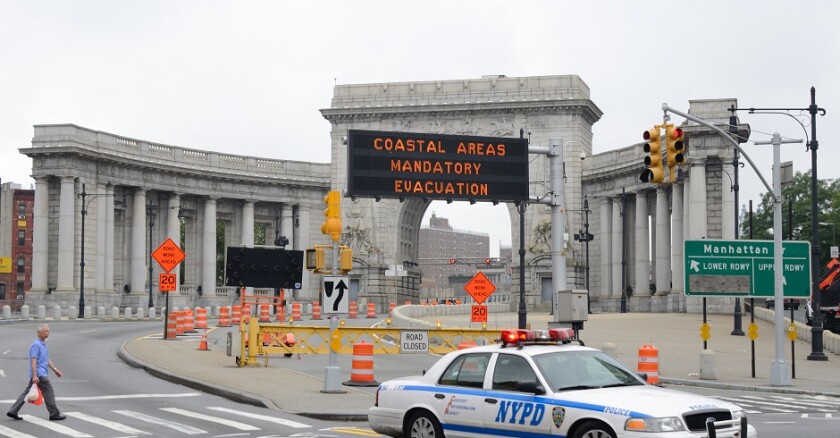Multi-Node Label Routing protocol is a new network protocol that offers the ability to transport data in desperate times when current Internet protocols might get bogged down and fail. Multi-Node Label Routing protocol boasts a failover mechanism that chooses an alternate path if a failure of a link or node is detected. The new protocol can run below existing protocols and run without disruption.
“What we’re trying to do is build a better information super highway to allow folks the best access to all the information that’s out there,” said Jennifer Schneider, the co-principal investigator on the project and the Eugene H. Fram Chair of Applied Critical Thinking at RIT. “Most of the technologies out there just say, ‘We’ll get on the Internet or the in the cloud and boom, and we can miraculously access it.’ The problem is functionality is not always possible, it doesn’t always work well.”
Schneider cited an example of how this technology could enhance information sharing: A situation occurred after Hurricane Irene in southern New York state, where there was heavy flooding. RIT did some lidar imaging of the flooding and wanted to get that information into the hands of flood officials as quickly as possible. But they found no way to transport the data-rich imagery technologically and had to have a state trooper drive the data on storage devices down the highway.
“Frankly,” Schneider said of the incident, “I’m not sure how useful the images were four hours later.”
The current Internet protocol is fine for everyday needs, but during a disaster, there can’t be delays.
Shenoy said the Multi-Node Label Routing protocol has a very low operational complexity compared to our current routing protocols. “It combines them and knows how to forward and route quickly. In the event of failure, it can fall back on a backup path, whereas the current routing protocol requires a lot of messaging, recalculating of routes.”
Email is an example of the quickness with which the new protocol can send a message. Getting an email in five minutes is still acceptable, but the new protocol would transmit in seconds.
Schneider described the new technology as opening up the highway to allow more traffic to improve connectivity on current or future systems. “It becomes a tool that could make FirstNet better, and it’s easier to manipulate,” she said. “Most importantly, it essentially widens the road to the pike.”








